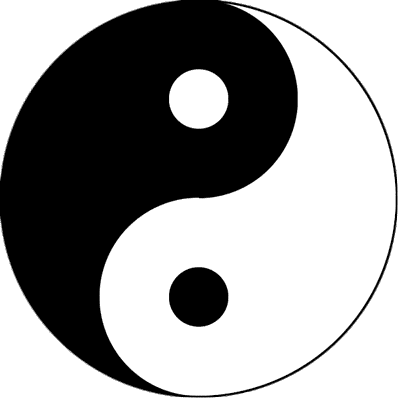Acupuncture’s Vital Role: Huangdi’s Medical Wisdom & Needling Taboos
Huangdi questioned:
“Though I deem filiform needles minuscule, you claim they harmonize with cosmic laws—heaven above, earth below, and humanity between. Is this hyperbole? Elucidate.”
Qibo replied:
“What surpasses the needle’s significance? Swords, spears, and blades—tools of war—rank larger, yet serve destruction, not healing. Humans, the cosmos’ most precious beings, mirror heaven-earth synchronicity. In safeguarding life, needles reign supreme. Which holds greater merit: instruments of death or tools of salvation?”
Huangdi pressed:
“When early-stage ailments arise from emotional turmoil or dietary excess—causing yin deficiency, yang excess, and stagnation of nutrient Qi coalescing into abscesses—can such maladies be treated with fine needles?”
Qibo answered:
“A sage physician intervenes before suppuration, thwarting pathogenic retention. Consider warfare: banners and blades amass not in a day, nor soldiers’ valor forged in haste. To treat festering abscesses with needles after necrosis is akin to neglecting prevention until calamity strikes. Frost forms not overnight; abscesses germinate from subtle disharmonies. Thus, the wise eradicate pathogens in their infancy; the unwise suffer their harvest.”
Huangdi asked:
“What if abscesses form undetected?”
Qibo warned:
“Once suppurated, mortality looms. Hence, masters codify preemptive strategies on bamboo scrolls, preserving wisdom for posterity, sparing future generations such agony.”
Huangdi inquired:
“Can suppurated abscesses be drained with fine needles?”
Qibo clarified:
“Filiform needles prove ineffective here. Lancing stones or broad-edged needles must pierce the lesion to evacuate pus—a necessity despite risks.”
Huangdi asked:
“Can advanced abscesses be cured?”
Qibo stated:
“Prognosis hinges on shun (favorable) or ni (adverse) signs. Five ni indicators presage doom:
- Scleral darkening with shrunken pupils.
- Intractable vomiting post-medication.
- Severe abdominal pain with unquenchable thirst.
- Immobile neck-shoulders.
- Hoarseness with pallor.
Absent these, shun prevails.”
Huangdi pressed:
“Elaborate on other ni syndromes.”
Qibo listed fatal patterns:
- Abdominal distension, fever, yet thready pulse.
- Tympanites with borborygmi, cold limbs, diarrhea, and surging pulse.
- Unremitting epistaxis with bounding pulse.
- Hematuric cough, emaciation, and wiry-thready pulse.
- Cough, wasting, fever, with rapid-thready pulse.
Five ni signs foretell death within 15 days. Graver manifestations—like hematochezia, absent pulse, or fecal incontinence—herald death within hours. Needling such cases constitutes malpractice.
Huangdi reflected:
“You extol needles as cosmic instruments, aligning meridians and regulating Qi. Yet some practitioners kill, not heal. How?”
Qibo admonished:
“Blades kill; drunkenness intoxicates—both require no treatise. Inept needling severs life’s thread by disrupting the sea of Qi (stomach), the source of postnatal vitality. Piercing critical nodes like Wuli (LI13) exhausts visceral Qi: five erroneous reductions deplete one organ; twenty-five annihilate all. Thus, mortality stems not from the needle, but ignorance.”
Huangdi concluded:
“Engrave these truths on jade tablets—eternal admonitions against reckless needling.”
